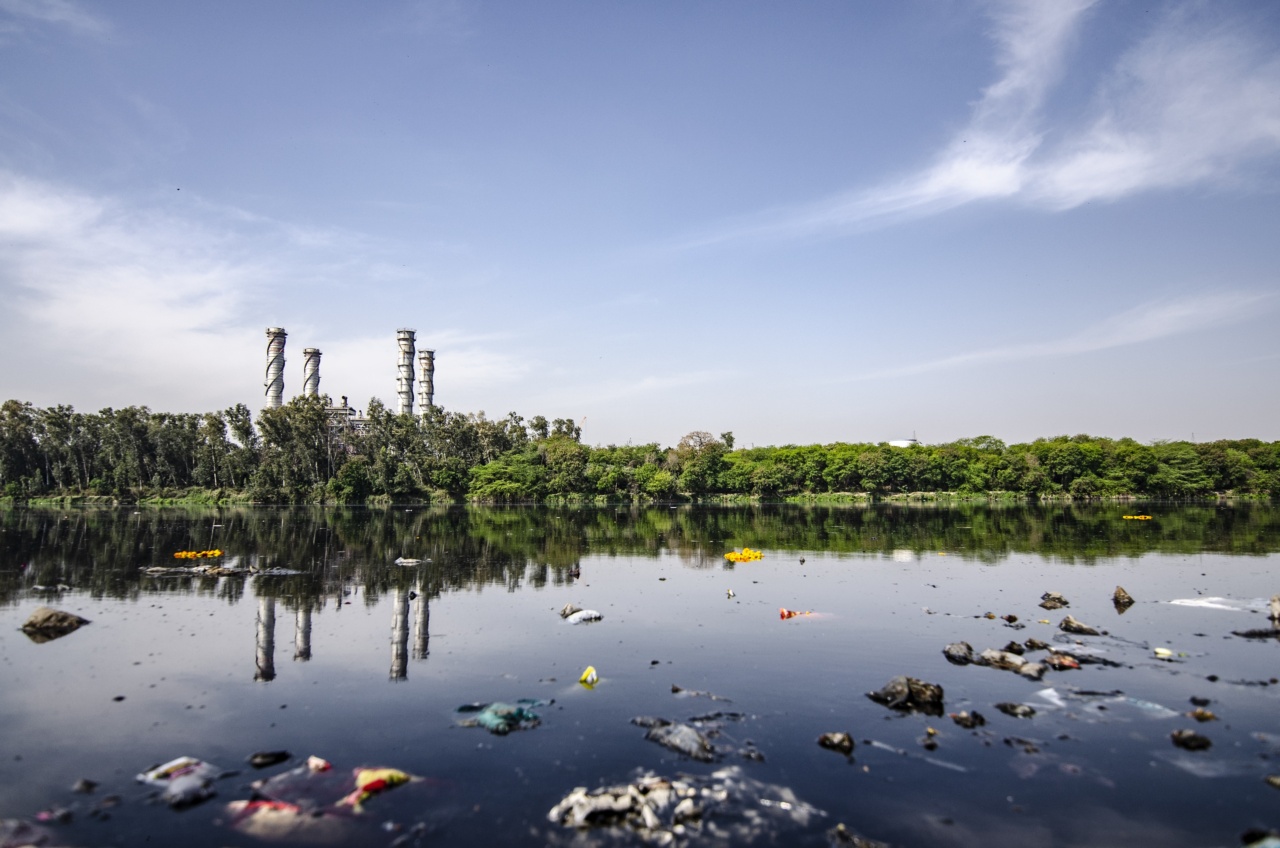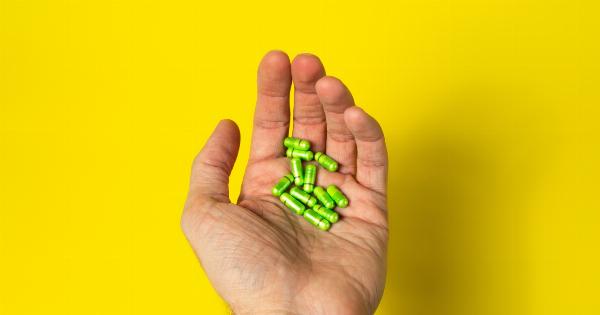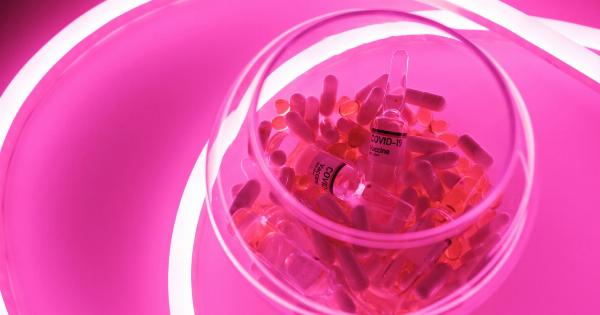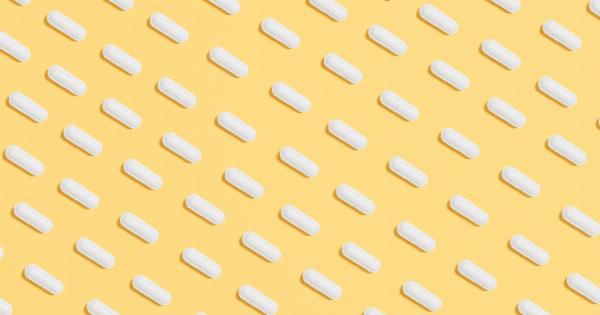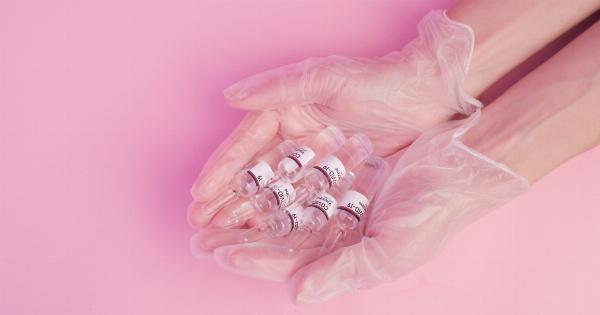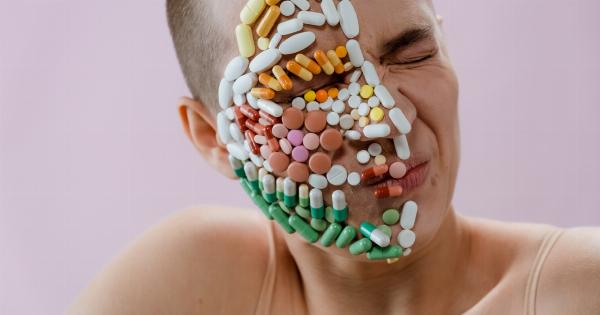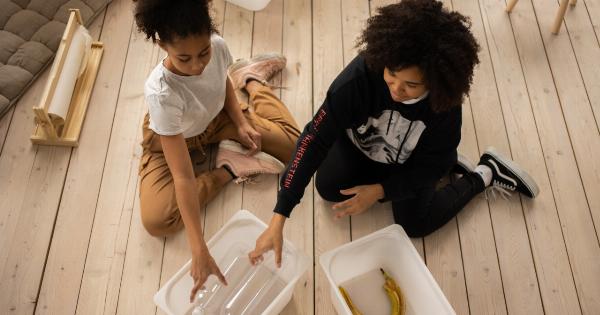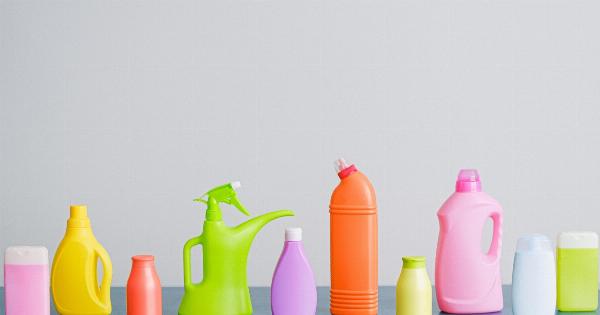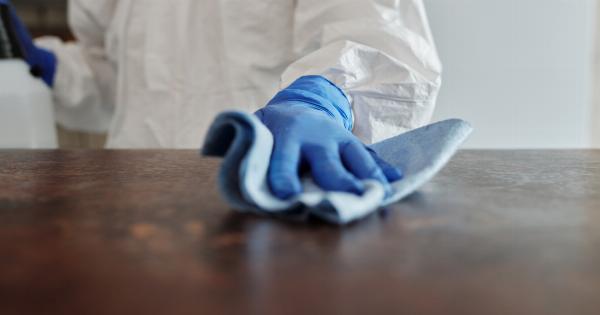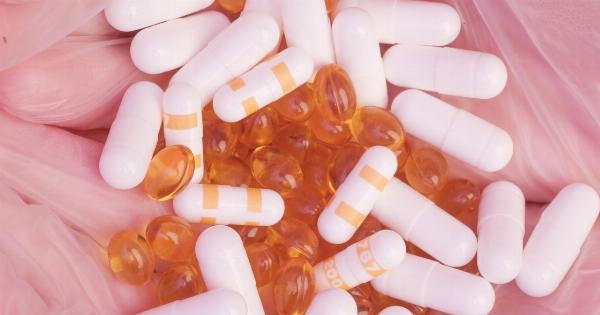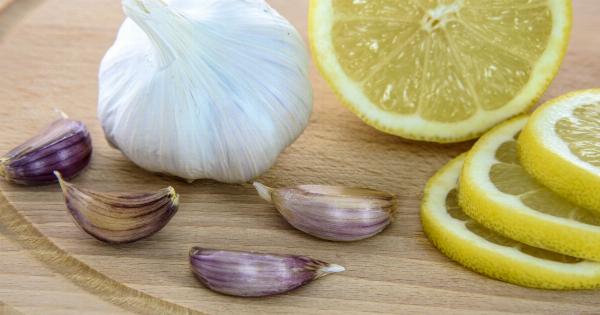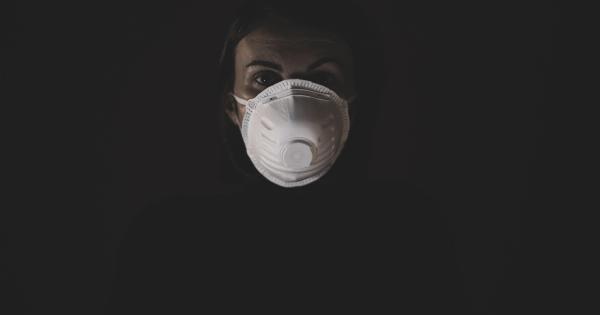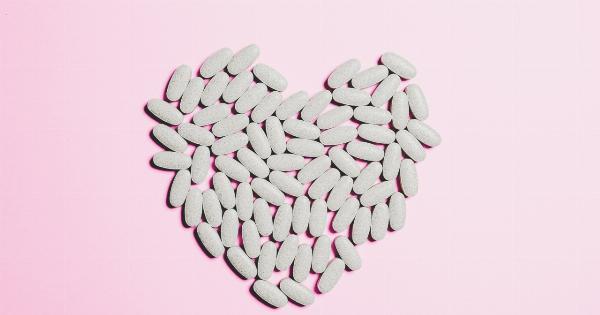Antibiotics are drugs that are used to fight bacterial infections. In recent years, large rivers around the world have become polluted with antibiotics, mainly due to human activities such as factory farming.
This poses a significant risk to aquatic ecosystems as well as human health.
What are antibiotics?
Antibiotics are drugs that are used to prevent and treat bacterial infections. They work by either killing the bacteria or preventing them from multiplying.
Antibiotics are widely used to treat both humans and animals. In humans, they are used to treat diseases such as pneumonia, urinary tract infections, and skin infections. In animals, they are used to treat and prevent diseases in livestock and pets.
How do antibiotics end up in rivers?
The main source of antibiotics in rivers is from the excretion of humans and animals that have been treated with antibiotics. When we take antibiotics, some of the drugs are passed out of our bodies and into our wastewater.
Similarly, when livestock is given antibiotics, they excrete the drugs in their waste.
In addition, antibiotics can also be released into the environment through the improper disposal of unused drugs, such as flushing them down the toilet or pouring them down the drain.
The effects of antibiotics in rivers
The presence of antibiotics in rivers can have a range of harmful effects on the environment. Some of these effects include:.
- Antibiotic resistance: The overuse and misuse of antibiotics can lead to the development of antibiotic-resistant bacteria. When antibiotics are released into the environment, they can promote the growth of antibiotic-resistant bacteria in both aquatic animals and bacteria that live in the water.
- Altered aquatic ecosystems: Exposure to antibiotics can alter the microbial communities in aquatic ecosystems. This can lead to changes in the food web and ecosystem function.
- Human health risks: Exposure to antibiotics in the environment can pose a risk to human health. For example, if someone swims in a river that is contaminated with antibiotics, they may unknowingly be exposed to antibiotics and potentially develop antibiotic-resistant infections.
Preventing antibiotics from ending up in rivers
There are several ways to prevent antibiotics from ending up in rivers:.
- Reduce the use of antibiotics: Reducing the use of antibiotics in both human and animal medicine can help to reduce the amount of antibiotics that end up in rivers.
- Better wastewater treatment: Improving wastewater treatment processes can help to remove antibiotics from our wastewater before it is released into rivers.
- Properly dispose of unused antibiotics: Properly disposing of unused antibiotics, such as returning them to a pharmacy, can help to prevent them from ending up in rivers.
- Reduce factory farming: Factory farming is a major source of antibiotic pollution in rivers. Reducing factory farming and adopting more sustainable agricultural practices can help to reduce the amount of antibiotics released into rivers.
The future of antibiotics in rivers
The problem of antibiotics in rivers is not going away anytime soon. With the global population continuing to rise, the demand for meat and dairy products is expected to increase, and with it, the use of antibiotics in agriculture.
Therefore, it is important for individuals, governments, and industries to take action to reduce the use and release of antibiotics into rivers and other water bodies.
By working together, we can ensure that our rivers and the ecosystems they support remain healthy and free from the harmful effects of antibiotics.
